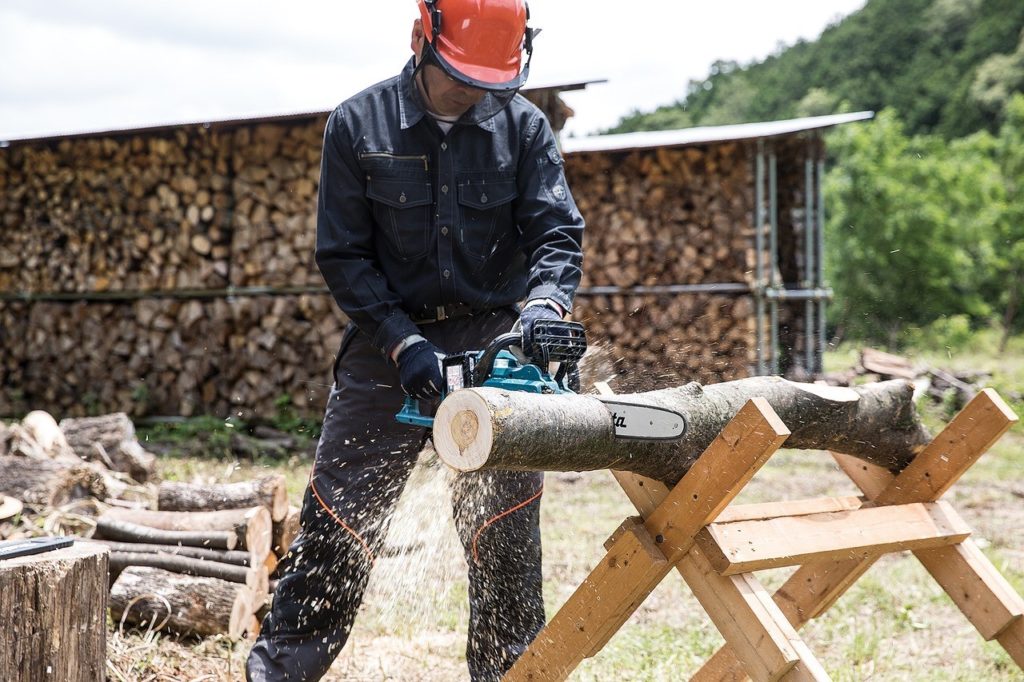The UK has an impressive range of laws and regulations to keep workers safe. This includes regulations regarding the use of personal protective equipment.
According to the Health and Safety Executive, around 140 workers were killed at work in 2017 and 2018. Further, there were more 609,000 workplace injuries in 2016 and 2017. The Health and Safety Executive is the UK’s governing body charged with enforcing and advising on workplace safety.
The costs of a workplace accident can be huge. Clearly, the injured worker and their family have the pain, suffering, and potential financial hardship to contend with. But the employer could pay a hefty price as well. These costs take the form of fines, compensation, loss of productivity, and damage to reputation.
Employers have a legal and moral responsibility to protect their workers. This requires keeping up to date with the rules and regulations for their industry. The statistics clearly show that some industries are more hazardous than others. For example, workers in the agriculture, forestry, and fisheries sector are statistically more likely than workers in other sectors to suffer a workplace injury.
RELATED ARTICLE: DITCHING THE CALENDAR: HOW AUTOMATION SOFTWARE CREATES A SAFER WORKPLACE
How Do You Protect Employees’ Health and Safety?
There is clear guidance available from the Health and Safety Executive as to how you should protect your employees. It involves:
- Identifying the hazards associated with your work activity
- Pinpointing who those hazards would harm
- Calculating how likely that hazard is to take place
- Determining the best control measures
- Continually evaluating your risk assessment
In order to identify the best control measures, you would need to apply a hierarchy of controls. The first option would be to remove the hazard altogether or to substitute it with a less dangerous one. If this is not possible, you should keep people away from the hazard. The last resort is to allow your workers to be exposed to the hazard. In this last instance, you must provide them with personal protective equipment to minimize the risks of injury.
Take, for example, the dismantling a tree during tree surgery work. It is not possible to remove the hazard completely or substitute it with another. It is possible to keep most employees and members of the public away from the hazard. However, at least one worker needs to be in the vicinity as ground support and potential aerial rescue for the arborist carrying out the work in the tree. That employee needs to have PPE to protect them from falling branches or debris. That is likely to be a hard hat, eye protection, and high visibility clothing.
What Is Personal Protective Equipment?
Personal protective equipment (PPE) is any equipment that protects employees from a hazard to their health or safety. For example, forestry workers who work outdoors with heavy machinery would need to be provided with the appropriate PPE. This would include boots, gloves, helmet, ear and eye protection, and if necessary, high visibility clothing.
Keeping Within the Law on PPE
Personal protective equipment in the workplace is not optional. You are obliged to comply with the Personal Protective Equipment at Work Regulations 1992. Regulation 4(1) states that:
“every employer shall ensure that suitable personal protective equipment is provided to his employees who may be exposed to a risk to their health or safety while at work except where and to the extent that such risk has been adequately controlled by other means which are equally or more effective.”
Regulation 2(1) of the PPE regulations also defines personal protective equipment as:
“…all equipment (including clothing affording protection against the weather) which is intended to be worn or held by a person at work and which protects him against one or more risks to his health or safety, and any addition or accessory designed to meet that objective.”
Standards for PPE
Any PPE must be suitable for the purpose for which you are using it. Further, it must fit correctly and be properly maintained. And it must comply with certain manufacturing standards. Taking chainsaw work as an example, the appropriate PPE is likely to include chainsaw protective gloves. Furthermore, it would include chainsaw protective boots and trousers. Additionally, the worker would need a helmet with a face visor, as well as ear protection.
The Personal Protective Equipment Regulations 2002 require all PPE to have a “CE” mark. This shows that it conforms with EU standards.
The PPE required for all chainsaw workers needs to have complied with the appropriate European Standard, indicated by an EN number.
We’ll leave you with some common examples:
- Chainsaw trousers have to comply with EN 381-5
- Gloves for chainsaw work have to comply with to EN 381-7
- Chainsaw boots have to comply with BS EN ISO 20345:2004 (and show a chainsaw protective class to comply with EN 381-3)
- Helmets for ground-based chainsaw use have to comply with EN397
- Chainsaw helmets for aerial use should have a four-point chinstrap and comply with EN 12492
- Ear defenders for chainsaw work have to comply with EN 352-1
- Mesh visor or safety glasses have to comply with to EN 166
Remember that no PPE can remove the risk of injury. What’s more, there is no substitute for training and experience. Additionally, always give your workers sufficient time to properly plan a job and to execute it safely.
About the Author
Paul George is the managing director of Landmark Trading Ltd. The company is the UK’s leading supplier of arborist equipment, tree surgery, and tree climbing equipment. You can connect with Paul on Twitter on @LandmarkTrading or check out their Facebook page.

